Pulp calcifications are one of the main challenges faced by endodontic professionals. Pulp stones are defined as calcified foci that are observed in the coronal or, less frequently, radicular pulp […]
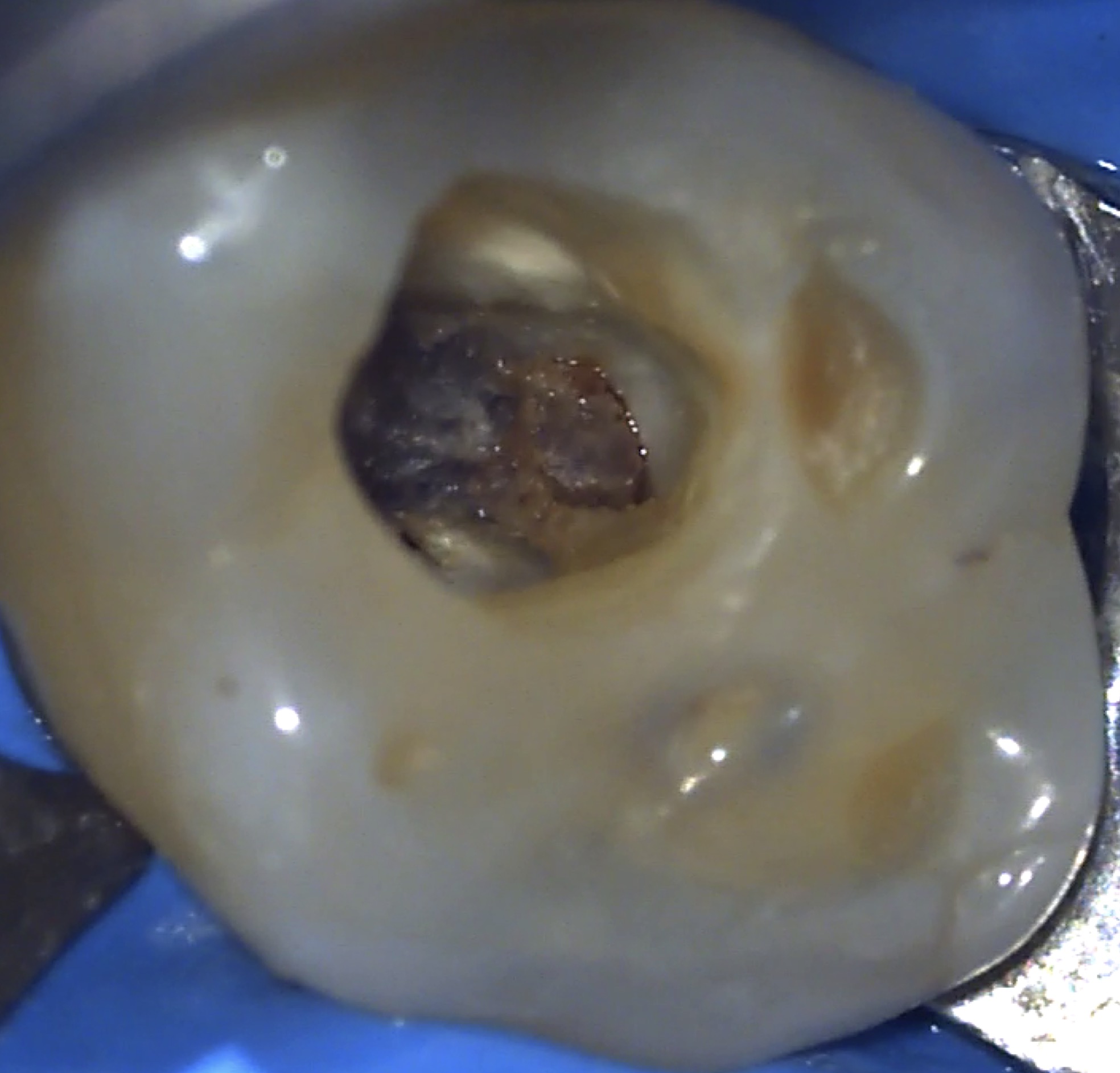 Pulp calcifications, a nightmare for the endodontist
Pulp calcifications, a nightmare for the endodontist
Pulp calcifications are one of the main challenges faced by endodontic professionals. Pulp stones are defined as calcified foci that are observed in the coronal or, less frequently, radicular pulp […]
 Treat the invisible canal: a clinical challenge
Treat the invisible canal: a clinical challenge
During primary treatment, even in simple cases, many root canal anatomy alterations and errors can occur such as access cavity over enlargement, perforations, blocage or file breakage. Sometimes, many iatrogenic […]
 Complexity of the root canal system anatomy
Complexity of the root canal system anatomy
The main goal of root canal treatment is to eliminate the infection in the complex root canal system for the long-term preservation of a functional tooth. Proper debridement of the […]
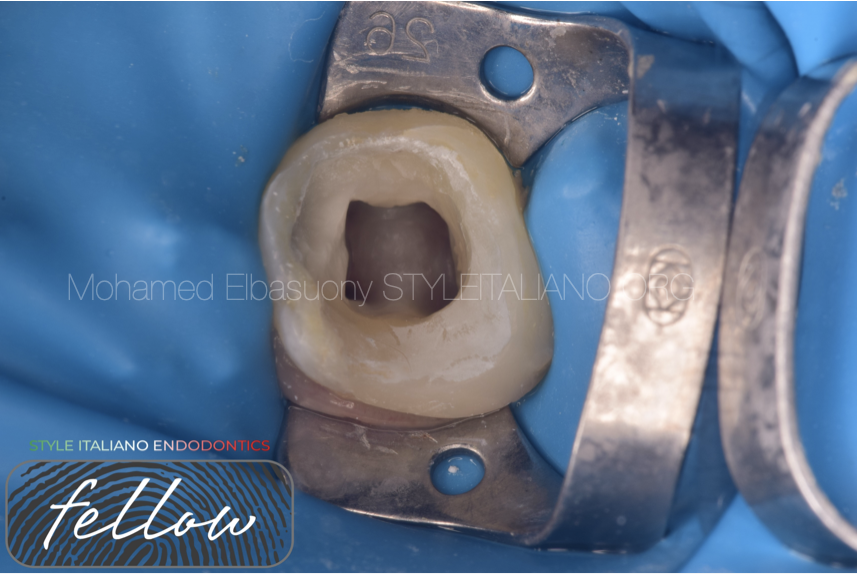 Radix Entomolaris: Case Report with Clinical Implication
Radix Entomolaris: Case Report with Clinical Implication
Usually, first mandibular molars have one mesial and distal root but in some cases there are anatomical variations. Presence of an additional lingual root distally in mandibular molars is called radix entomolaris (RE). If present, an awareness and understanding of this unusual root and its root canal morphology can contribute to the successful outcome of root canal treatment. The article describes the endodontic management of mandibular molar with RE.
 Retrieval and retreatment of mandibular molar
Retrieval and retreatment of mandibular molar
Retrieval along with Retreatment is one of the most challenging procedures in the endodontic therapy, This article showcases the management of a lower first molar with swparatedinstrumemnt and a periapical lesion. In […]
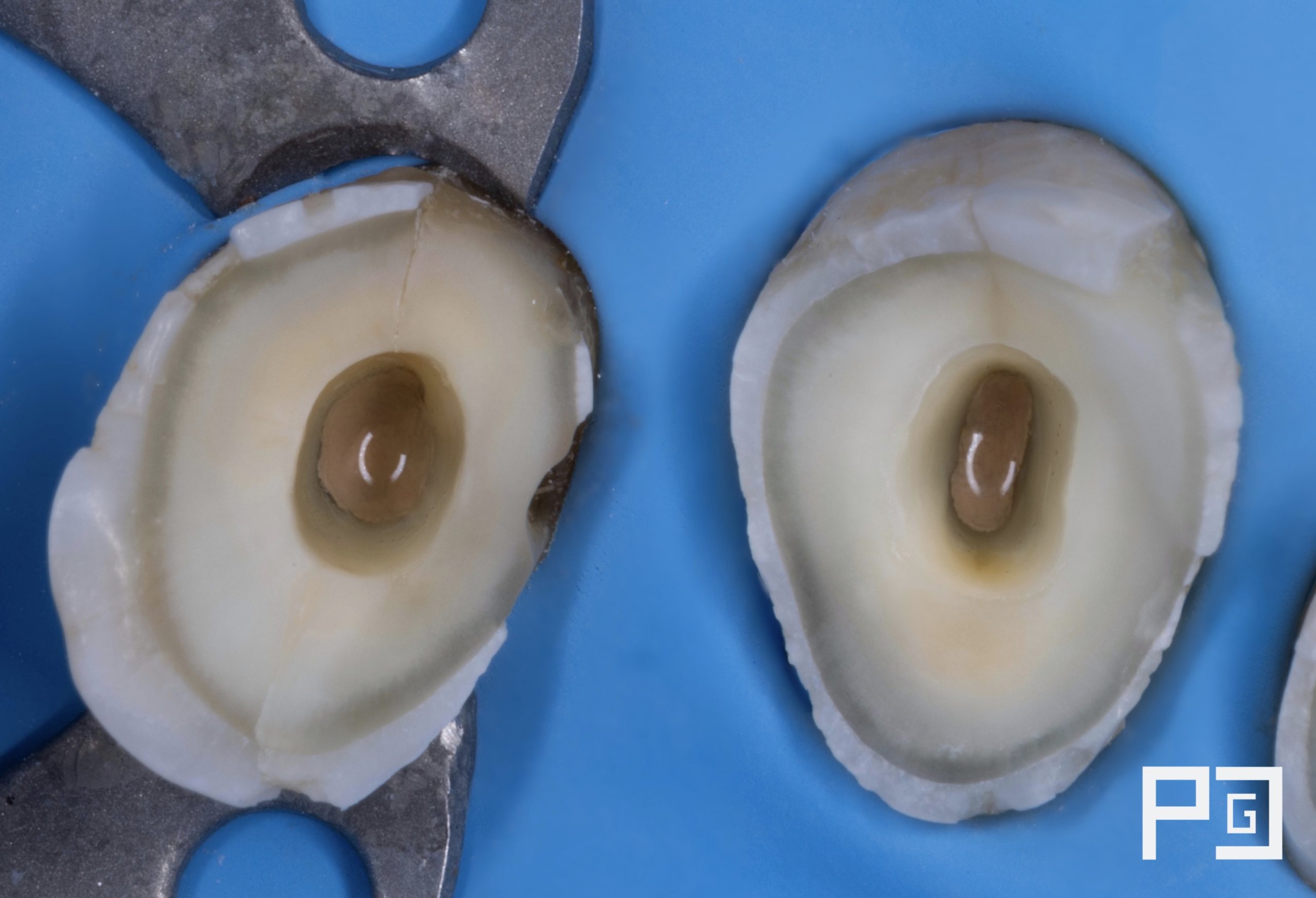 Management of complex anatomy in the first mandibular premolar, 2 cases in 1
Management of complex anatomy in the first mandibular premolar, 2 cases in 1
We know that treating a tooth involves different phases or stages, but it is important to know the internal anatomy, in order to approach the case in the best possible […]
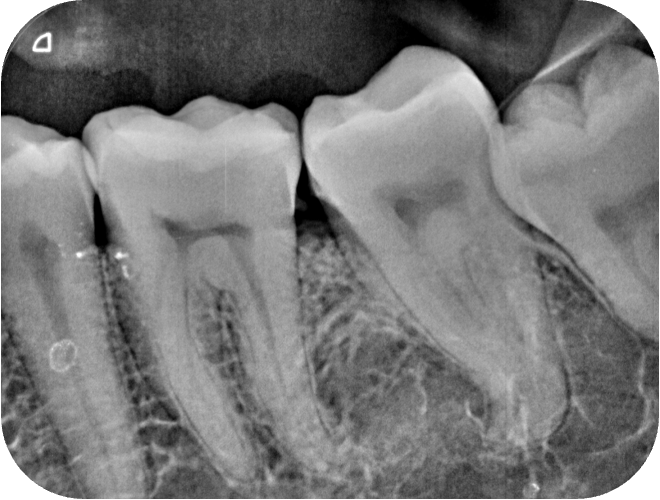 Correcting own errors: missed canal on lower left second molar
Correcting own errors: missed canal on lower left second molar
The purpose of this clinical article is to highlight possible root canal treatment error due to a misinterpretation of root canal morphology using 2 dimensional digital X-rays (Peri Apical Xray) […]
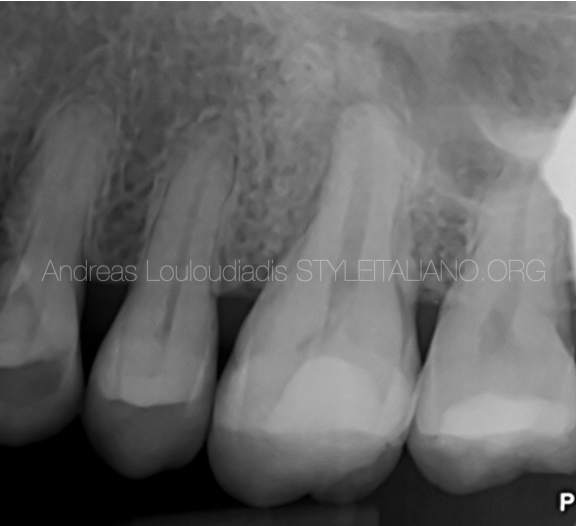 Single, rare and fabulous
Single, rare and fabulous
A thorough and detailed knowledge of root canal anatomy is a crucial requirement for a successful endodontic treatment outcome. Due to each tooth singularity a vast number of morphological variations […]
 Non surgical endodontic management of periapical lesion with open apex
Non surgical endodontic management of periapical lesion with open apex
MTA is a bioactive cement that has gained immense popularity in endodontic treatments. It is composed of tricalcium silicate, dicalcium silicate, and bismuth oxide. MTA possesses unique characteristics that make […]
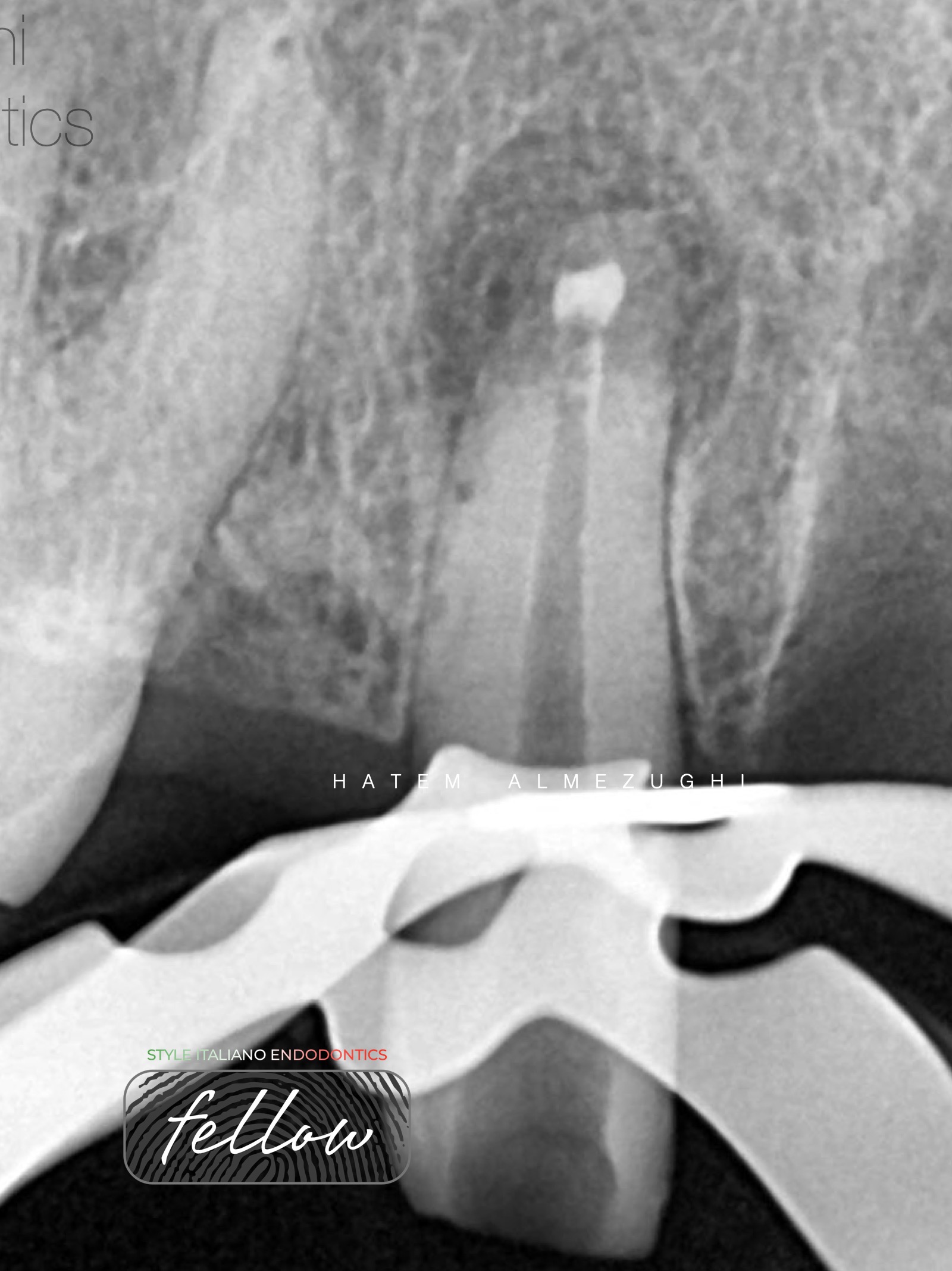 Simplified MTA apical plug
Simplified MTA apical plug
Root resorption is a pathological process that may occur after surgical mechanical, chemical or thermal insult. Generally, it can be classified as internal and external root resorption. Depending on the […]
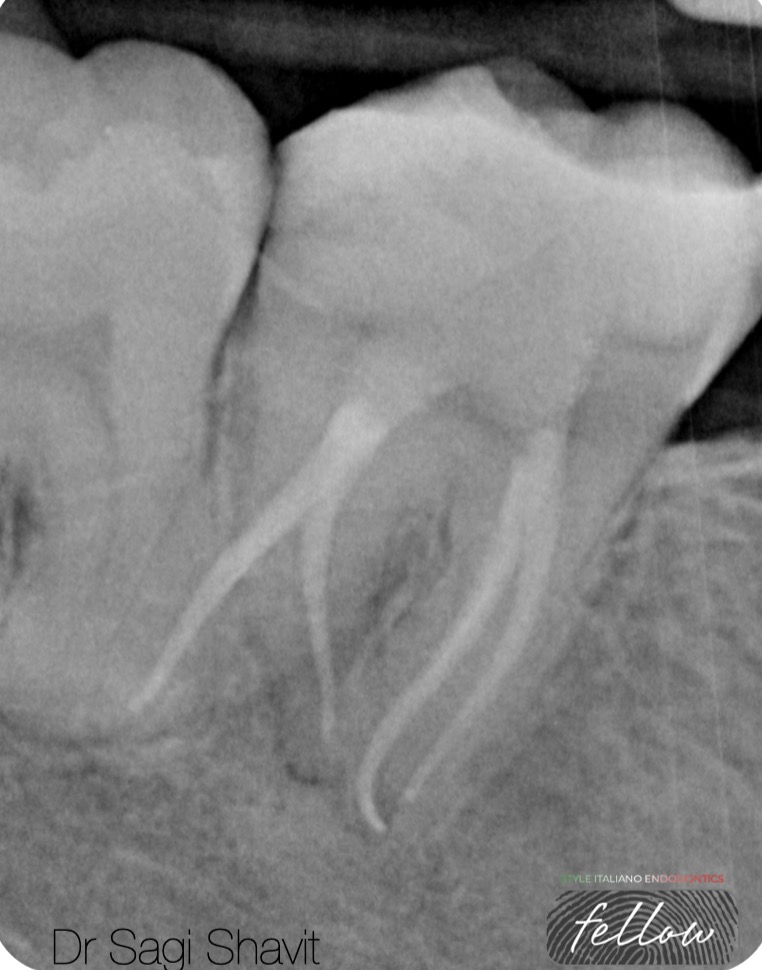 3 rooted Lower Second Molar
3 rooted Lower Second Molar
Most mandibular second molars are usually found to have two roots (76%) or one root (22%). The incidence of 3 roots anatomy in such teeth is considered a rare finding […]
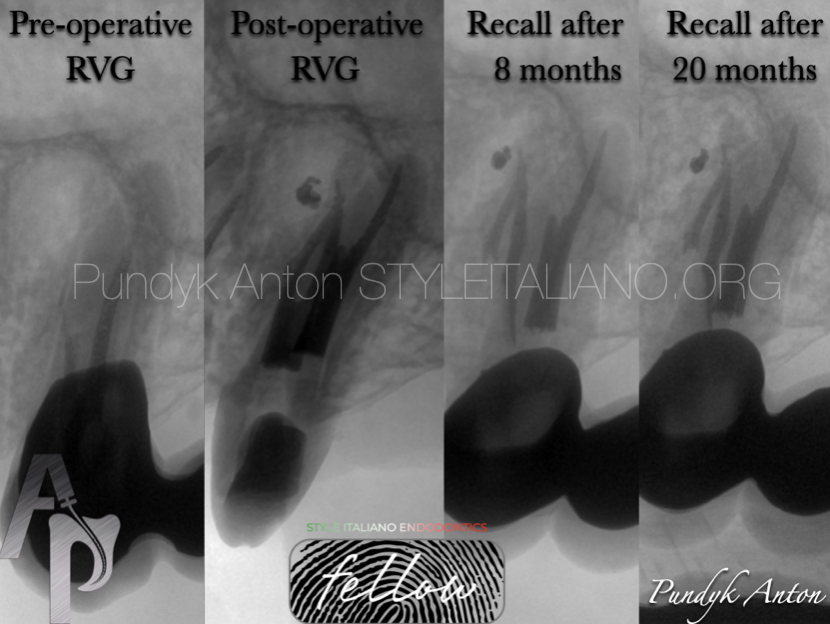 Retreatment of teeth with a complex root system anatomy #1
Retreatment of teeth with a complex root system anatomy #1
The second maxillary premolar may have 1 to 3 roots: with one root canal in 75-96% of cases, with two root canals in 4-24% and three root canals in 0-1%. […]